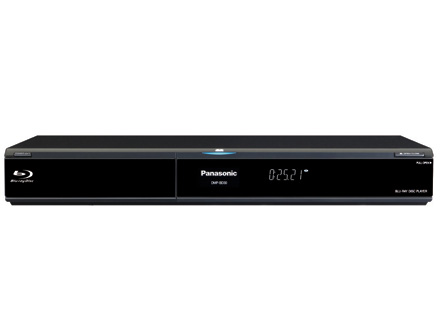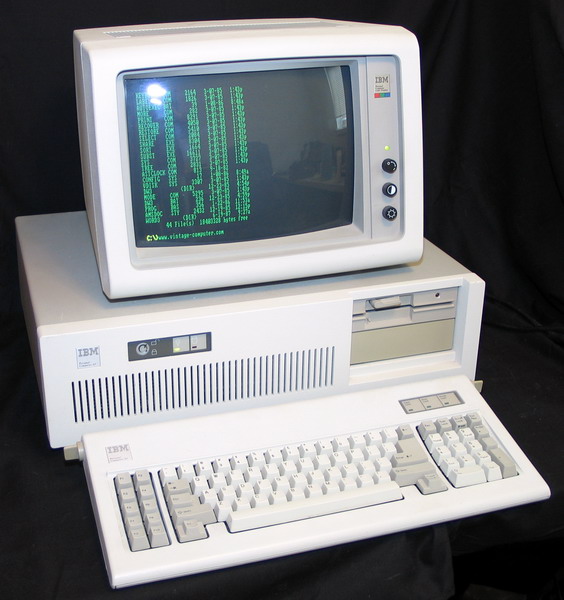I have always been adept at technology. I am sure that some of it is natural aptitude, and some is single bloody-minded-ness that I learned from working with many different computers and other “smart” devices for years (decades now). I am the person that all my family calls when they have problems with tech.
But sometimes, it is a curse. Case in point:

In 2007 or 2008, we took the plunge and went BluRay. We bought a good mid range player at the time, the Panasonic DMP BD30. It has been a faithful player, working great. Every disk we tossed into it, regardless of the warning that a firmware upgrade may be required played without trouble. Until May 10 2013 (My birthday). I got a BD copy of Skyfall, and while the damn trailers on it played, it just wouldn’t play the main movie. F*ck. I didn’t get a copy of Skyfall on Bluray to watch the damn, tossed in DVD copy.
So, I investigated the firmware upgrade. I have to say that the Panasonic website for support completely blows. Yes, I was able to find it, but it took too damn long. Of course, it comes as a self extracting archive that is a Windows program. Poopies. I am a Mac person. But it was a self extracting RAR archive, so I was able to get the firmware file out.
But the instructions were complicated. It said to burn the image to a CD-R (not a CD-RW) and that it had to be ISO9660 format. Easiest to do on windows, so I tried it with my work laptop. No joy.
For some reason, I thought the PANA_DVD.FRM file was a disk image, so I tried all my tools and utilities to burn that image to a CD-R. I now have 4 coasters.
Finally, I thought to myself, perhaps it isn’t an image file (like an iso) but just the firmware file. I opened a toast session, selected “data CD” and ISO format, and burned that file to a disk. Joy, it took about 10 minutes, but the firmware is now updated to 3.1 (from 1.3) and I am watching the end of Skyfall on BD now.
My error was in my natural inclination to try to treat it as a disk image, and to burn it as such. That is because I am accustomed to that workflow. But in this case, the simple solution was to just burn the firmware file on a disk. Of course, the instructions say nothing like this, but are filled with warnings about Windows Vista or Windows 7. Being the geek that I am, I avoided the easy solution, and spent a few weeks messing around creating coasters.
For the record, the player works beautifully, and I am astounded that I was able to go 5 or 6 years before I was forced to do a firmware upgrade. I have friends who are constantly updating their player to handle new discs.
